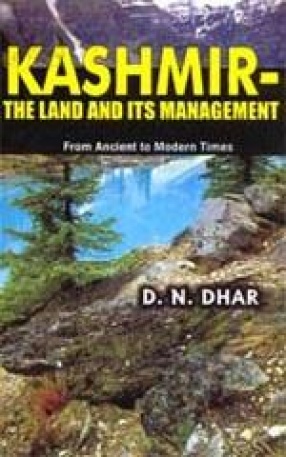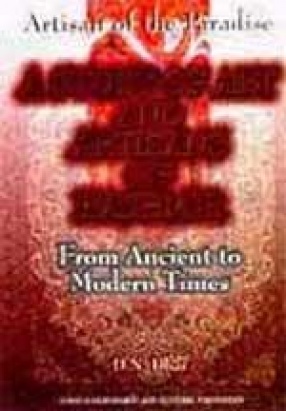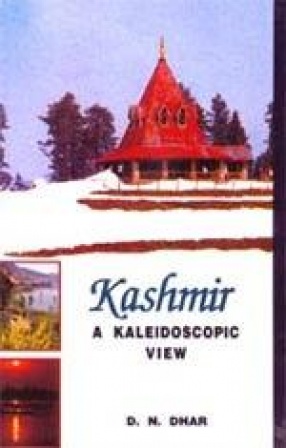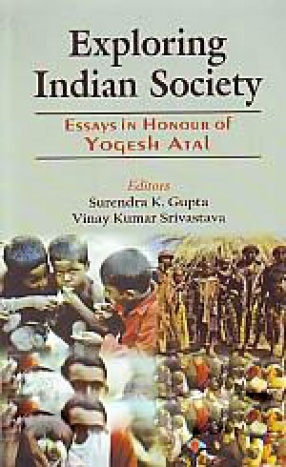Kashmir-The Land and its Management (From Ancient to Modern Times) is a difficult work which the author has ventured to produce with courage and confidence. In his crisp and unambiguous style he has brought such facts to light as are not in the knowledge of the most knowledgeable. Applying tools of evidence and reference he has authenticated the facts which he discovered from the obscure history with indepth research and unflinching devotion. It is a kind of work which the author has produced for the first time in Kashmir. With minutest details the work has shown how the land in Kashmir was the property of kings and how they loosened the grip over it with the growth of landgrabbers and strong Jagirdar lobby who involved kings in civil strifes and wars with foreign invaders. The landgrabbers, in ancient times lived in castles like the barons of Medieval England. They maintained their own force which presented a challenge to kings. They unnecessarily involved the mass of Kashmir peasantry in civil strifes. Strong Jagirdar lobby during Sultanate period distributed land among their relatives. The kings were at their mercy. The peasants were not only plundered of their crops but also used as foot soldiers for fighting wars for their vested interests. Some serious attempt was made by king Zain-ul-Abidin to improve the land management. He got the landholdings demarcated and measured by a Jarib. He classified the holdings and got the name of the holders entered into records. He also settled the state demand at one-sixth of the produce. But after his death the times again relapsed into anarchy created by the Jagirdar lobby. The peasants were in a pathetic state. The legal status of peasants on their holdings was nowhere laid. They could be ejected from landholdings at will. At long last they were given relief under the Land and Revenue Settlement of W.R. Lawrence in 1889. He made all mirasdars, Assamies and nobody could eject them from their holdings. Land management changed qualitatively. What ultimately demolished the whole feudal order in Kashmir was the land reforms introduced by Sheikh Mohammad Abdullah after Kashmir acceded to India. We have now Peasant Proprietorship in Kashmir and the institution of Kingship stands abolished. This work can be of tremendous value to the research scholars and teachers in the disciplines of history, economic, political science, sociology and environmental sciences.
Kashmir-The Land and Its Management: From Ancient to Modern Times
In stock
Free & Quick Delivery Worldwide
reviews
Bibliographic information
Title
Kashmir-The Land and Its Management: From Ancient to Modern Times
Author
Edition
1st ed.
Publisher
ISBN
8173916071
Length
xxiv+270p., Tables; Notes; References; Appendix; Bibliography; Index; 23cm.
Subjects








There are no reviews yet.